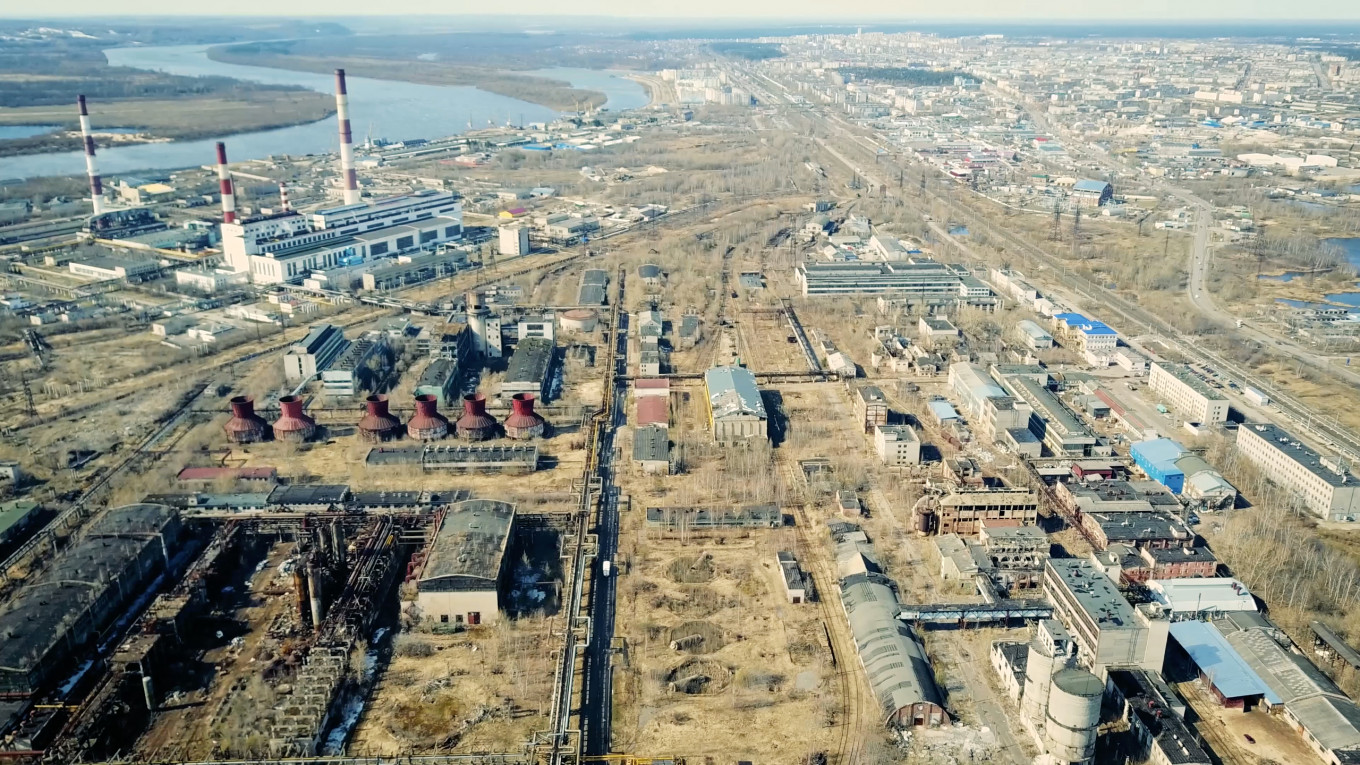- hot-spots
- chemical pollution
- Russian Federation
- Chemical pollution in Dzerzhinsk, Russia

Chemical pollution in Dzerzhinsk, Russia
Russian Federation
last update:
9 months agoProblems
The Russian city of Dzerzhinsk is one of the most polluted in the world. The town was the Soviet Union's leading site for chemical manufacturing, including chemical weapons. Today, it is still a significant center of the Russian chemical industry. Between 1930 and 1998, an estimated 300,000 tons of chemical wastes were improperly landfilled in Dzershinsk and the surrounding areas. From this waste, around 190 identified chemicals were released into the groundwater.
Causes of chemical pollution
The city's groundwater and soil are polluted with phenol, arsenic, dioxins, heavy metals, and other toxins. The "White Sea," a 100-acre-wide lake of toxic sludge, is a dominant ecological landmark in the area. The Blacksmith Institute names sarin, lewisite, sulfur mustard, hydrogen cyanide, phosgene, lead, and organic chemicals among the worst pollutants in Dzerzhinsk. Parts of the city's water are contaminated with dioxins and phenol at levels that are reportedly seventeen million times the safe limit.
Consequences of pollution for the population
High concentrations of toxic phenol in the air have led to residents of Dzershinsk suffering from increased diseases and cancers of the eyes, lungs, and kidneys. This has caused life expectancy in the city to plummet. A study from 2006 revealed that the average life expectancy in Dzershinsk was 47 for women and just 42 for men. Sulfur dioxide in the air also remains a big problem. Dzerzhinsk continues to be a center for chemical manufacturing, although the city no longer produces weaponry.
Gallery
4Timelines
2021
The clean-up of Dzerzhinsk was expected to finish in the autumn of 2021. However, the amount of waste was 57% more than expected, and the central government's request for an extra 238 million rubles was denied. According to a local newspaper, the equipment downtime was 49%, and further delay was expected.
2019
A massive explosion at JSC Kristall Research Institute injured 79 people and destroyed 180 homes in the neighborhood.
2016
GazEnergoStroy was selected for cleanup after unsuccessful tenders in 2012-13.
2007
Water samples in the city showed levels of dioxins and phenols that were thousands of times above recommended levels. Parts of the city's water were infected with dioxins and phenol at 17 million times the safe limit.
2006
A study indicated that life expectancy in Dzerzhinsk had plummeted to just 47 for women and 42 for men.
2003
Dzerzhinsk's death rate exceeded its birth rate by 260%.
1988
Over 300,000 tons of chemical waste – including dangerous neurotoxins like sarin – was dumped in and around the town throughout the Cold War between 1930 and 1998., traces of which can still be found in everything from the town’s soil to its water supply.


